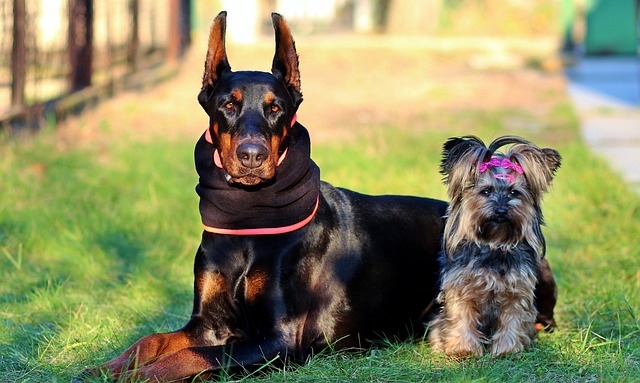
Why can't German Shepherds eat chicken
If you’ve heard “German Shepherds can’t eat chicken” from a fellow dog owner, you might be avoiding perfectly good food for your pup unnecessarily.
Standing in the pet food aisle staring at shelves of wet and dry options for your new German Shepherd can feel overwhelming. You want something that supports their muscular build, keeps their hips healthy, and fits your apartment routine—but is one type inherently better? The truth is, neither wet nor dry food is a one-size-fits-all answer for GSDs; the best choice depends on their age, health, and your lifestyle as a U.S. pet owner.
German Shepherds are large, active dogs with specific nutritional needs: high-quality animal protein (to maintain muscle mass), balanced calcium and phosphorus (to support their prone-to-issues hips and joints), and moderate fat (for energy without weight gain). Dry food (kibble) is dense in these nutrients and has a longer shelf life—great for busy owners. It also helps scrape plaque off their teeth, reducing dental issues common in the breed. Wet food, meanwhile, is high in moisture (60–80% water vs. 10% in kibble), perfect for GSDs who hate drinking water (a common quirk!). It’s also easier to chew for puppies with tiny teeth or senior GSDs with dental pain. My friend’s 1-year-old GSD, Kira, refused water until they mixed a spoonful of wet food into her kibble—now she stays hydrated without fuss. Vets note that both can be healthy if they meet AAFCO’s “complete and balanced” standard; the problem is cheap brands with filler grains or by-products, not the texture itself.
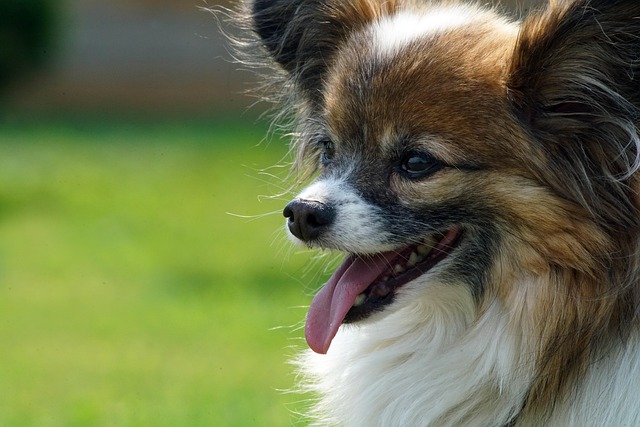
To choose, start with age: Puppies need calorie-dense kibble (soaked in warm water for softness) to fuel growth, with added DHA for brain development. Adult GSDs thrive on high-protein kibble (22–26% protein) or a mix of kibble + wet food (1 part wet to 3 parts dry) for moisture. Seniors benefit from wet food or senior-specific kibble with glucosamine for joints. Always check the ingredient list: Animal protein (chicken, lamb, fish) should be first—avoid “meat meal” or “grain filler” high up. Use mealtime as positive reinforcement: Call your GSD to their bowl with a cue like “food time,” and praise them for eating nicely—never withhold food as punishment, which violates U.S. animal welfare standards.
For apartment living, dry food is more convenient (no smelly open cans or fridge storage) and less likely to attract pests. Before taking your GSD for post-meal walks, confirm their rabies vaccine is up to date (required in all states)—GSDs as large breeds may face stricter licensing checks in some cities. Always carry extra poop bags: Their size means more waste, and cities like Phoenix fine owners up to $300 for leaving messes. On walks, adjust their food portion if they’re less active (apartment GSDs need fewer calories than those with yards) to avoid weight gain, which strains their joints.
Wet vs. dry food for GSDs is about fit, not superiority. By matching texture to their age and choosing quality ingredients, you’ll keep your loyal companion strong and healthy.

If you’ve heard “German Shepherds can’t eat chicken” from a fellow dog owner, you might be avoiding perfectly good food for your pup unnecessarily.
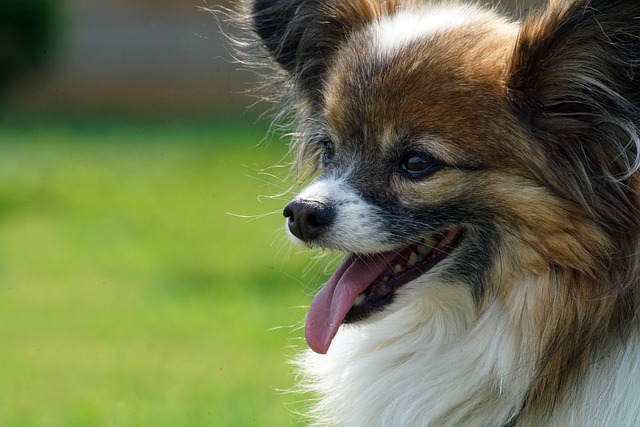
Standing in the pet food aisle staring at shelves of wet and dry options for your new German Shepherd can feel overwhelming.

If you’ve spent hours Googling why your dog won’t stop scratching their ears or licking their paws, you’ve probably encountered endless mentions of “grain allergies” or “chicken allergies.”
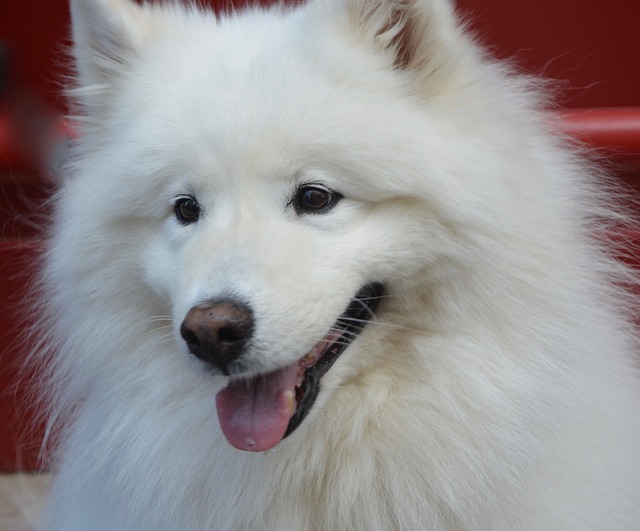
You might’ve spotted nutritional yeast in your pantry—often used to add a cheesy flavor to plant-based meals—and wondered if you can share a sprinkle with your pup.
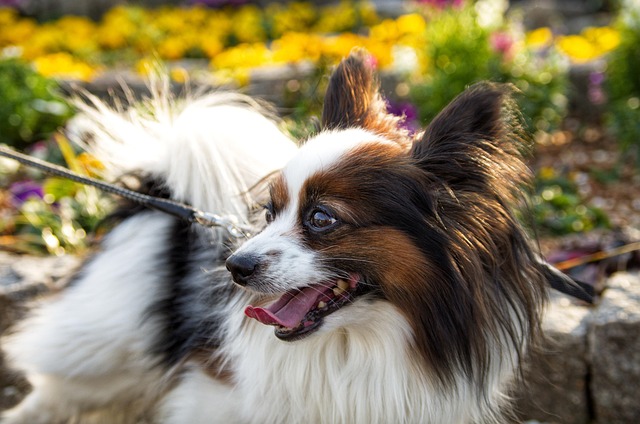
You’ve just noticed your golden retriever, Bailey, limping slightly after a day at the local dog park. As a new pet parent in the U.S.,
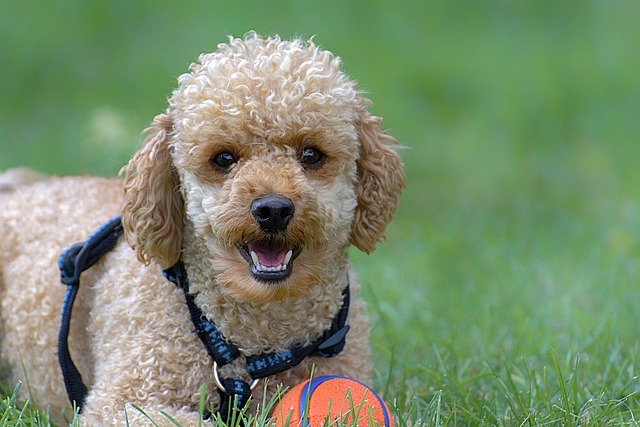
If you’re daydreaming about bringing home a standard poodle, one of the first questions popping up is probably how much space they’ll take up—both on your couch and in your life.